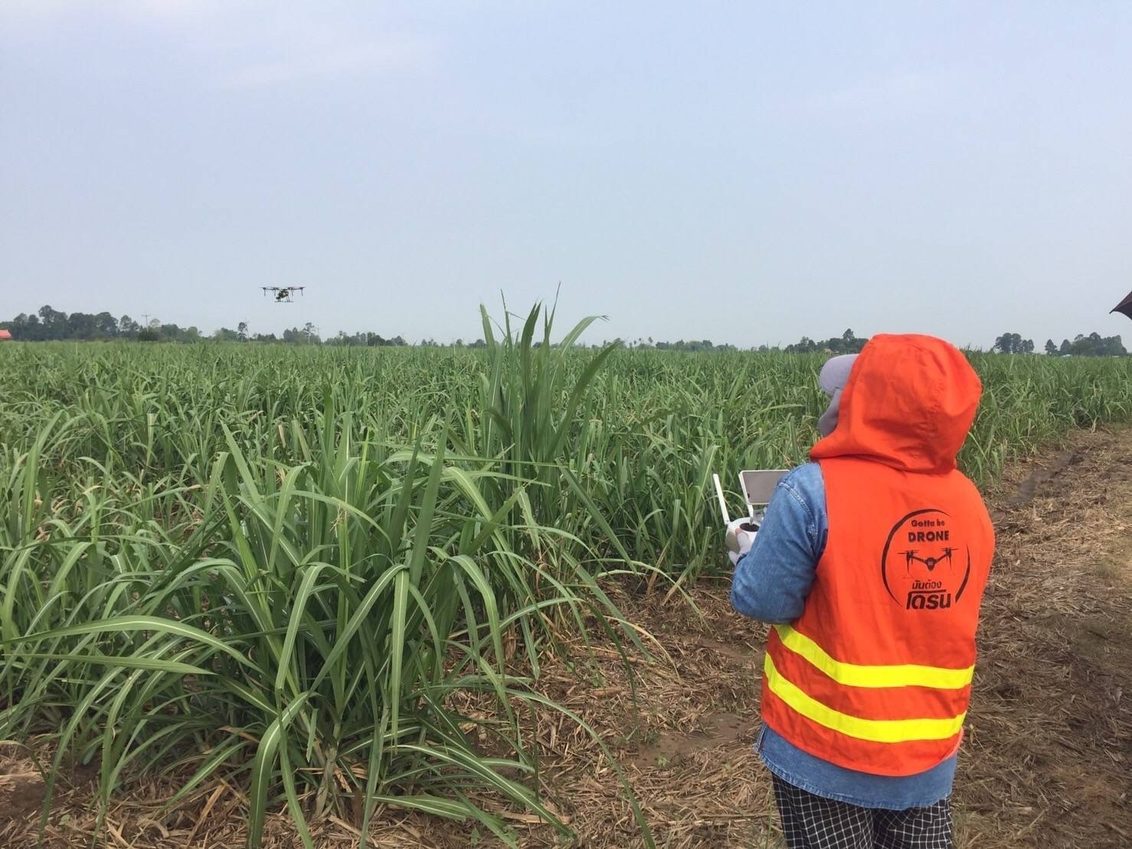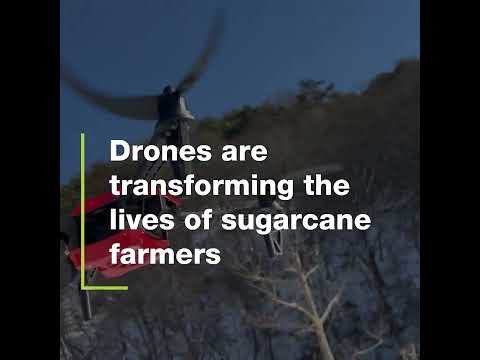For Rattana Khongderm, the arrival of a drone on her 32-hectare sugarcane plantation in Kamphaeng Phet, Thailand, has literally made life sweeter.
The drone – which not only allows her to spray herbicides and plant hormone products over a precise area, but also at heights the workers cannot reach – has helped her cane jump from 10 to 12 percent CCS.
Her in-laws, who are in their 60s and ran the plantation for almost four decades before passing it on to Rattana’s husband and his siblings in 2019, are also impressed by how using the drone increased yields by 30 percent. “Everyone in the family is happy,” she says.
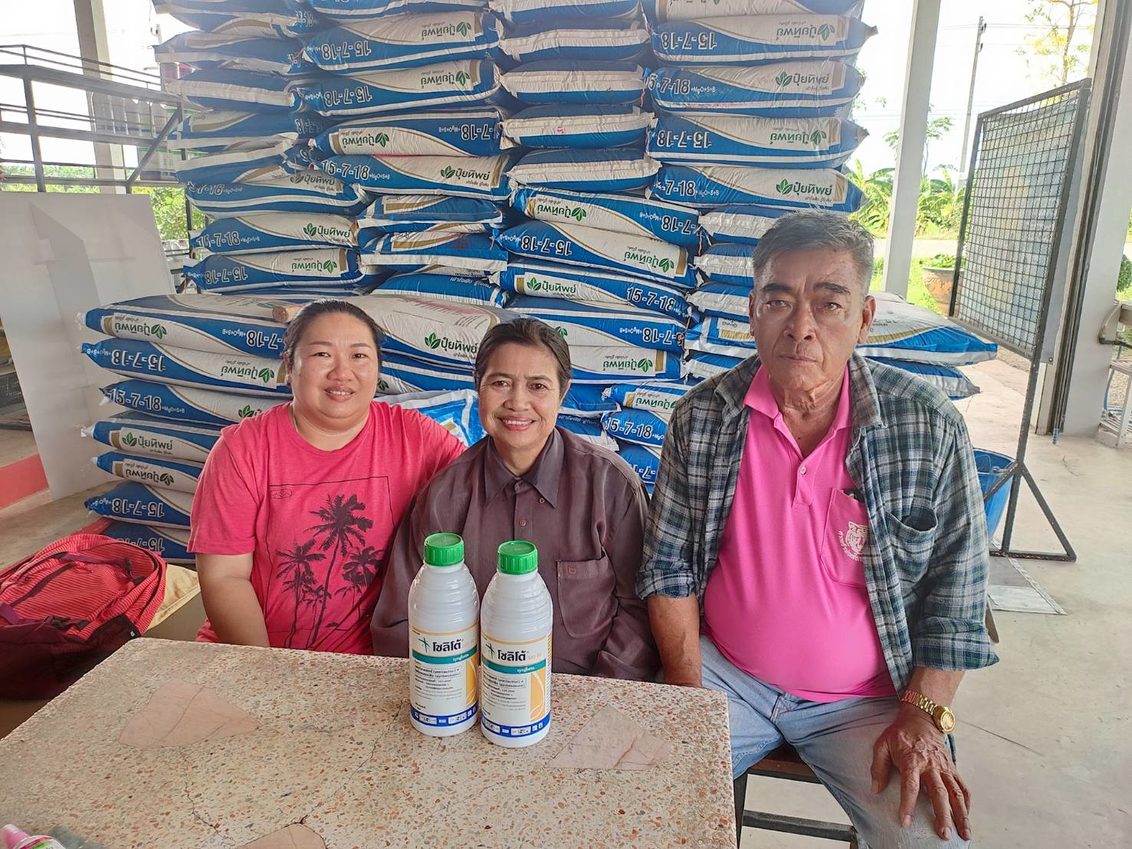
Soaring solution
Rattana, 43, and her husband used to work in Bangkok, and now operate both the farm as well as a village retail shop selling crop protection products.
When the couple took over their portion of the plantation, she saw an opportunity to transform manpower issues with technology. Agricultural labor shortages across Thailand have made it challenging for sugarcane plantations to hire enough workers, and Rattana observed her in-laws tackling farm life day by day. “I wanted a longer-term plan,” she says.
She bought a drone, and in 2021 attended a training under the Young Farmers Club Project to sharpen her skills in crop product application.
The average age of a Thai farmer is 56. Faced with this rapidly ageing farming demographic, the project aims to train the younger generation of cane farmers to use drones to work more efficiently and sustainably.
It is one of the digital stewardship initiatives under the Social Health Environmental Economic and Partnership for Sustainable Sugarcane (SHEEP) program, which aims to strengthen the community links critical to Thailand’s position as one of the world’s largest cane sugar producers.
Program partners include the Thailand Society of Sugar Cane Technologists, Office of the Cane and Sugar Board by Ministry of Industry, Agricultural Safety Association, Thai Sugar Millers, Syngenta and Varuna.
Each of these partners contributes to the drone training for younger farmers. For example, the Society of Sugar Cane Technologists and Thai Sugar Millers creates drone protocols for sustainable farming, while drone makers Varuna teaches participants drone control skills, maintenance, and how to handle emergency situations.
Syngenta is responsible for imparting knowledge about safe use of drones, drone tracking, spray distribution, and smart application techniques including the mixing and calibration of crop protection products.
For the pilot project, some twenty farmers have been trained since October 2021, and Rattana is one of them.
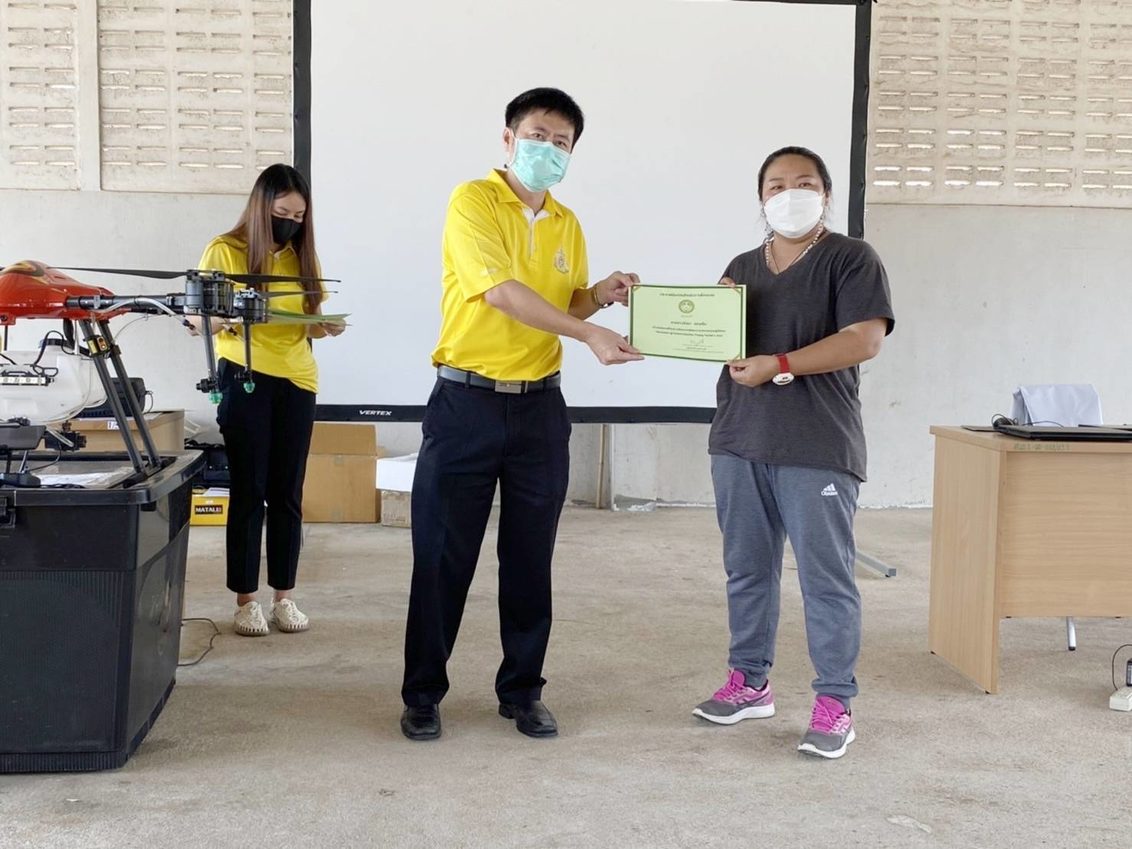
Tech in demand
At the training, the second-generation farmer learned about weed management, selecting the right crop protection products, and drone regulations. “At the start, I was afraid of crashing the drone as the distance of objects on the monitor looks different than to the naked eye,” she says.
“The trainers taught me how to avoid obstacles like buildings and trees, as well as how to set the power metre in transition areas and match the parameters to the conditions of the crop protection product. Now my technique is much more effective. I can work fast, and it’s really easy to manage.”
Farmers often apply herbicide to prevent weeds from growing amid their tall and dense sugarcane fields. By using drones, the dosage of herbicide required can be precisely calculated, and quickly and accurately applied to crops in a manner unachievable via manual labour.
Specifically, the drone’s area monitoring software allows for more effective application of crop protection products. Traversing a large plantation, labourers may forget where they have sprayed product, or miss out areas and have to return a second time. All this leads to using more product than is needed, but drones can calculate the exact quantity and area to spray, minimising drift and risk of environmental contamination.
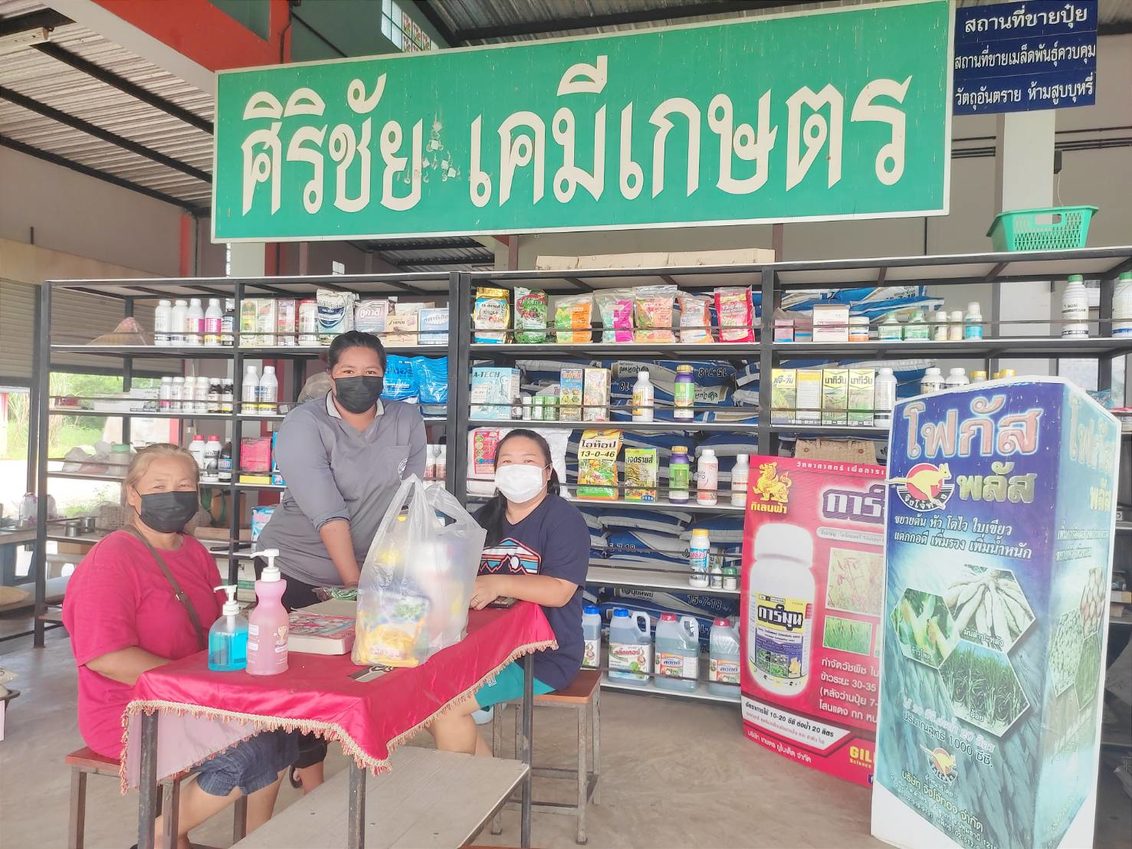
“The use of drones for crop protection products is very popular in Thailand. Labour shortages have led to demand for spraying services, but we cannot find people to offer this service,” she says. “That’s also why I learned how to use the drone – to help my customers.”
